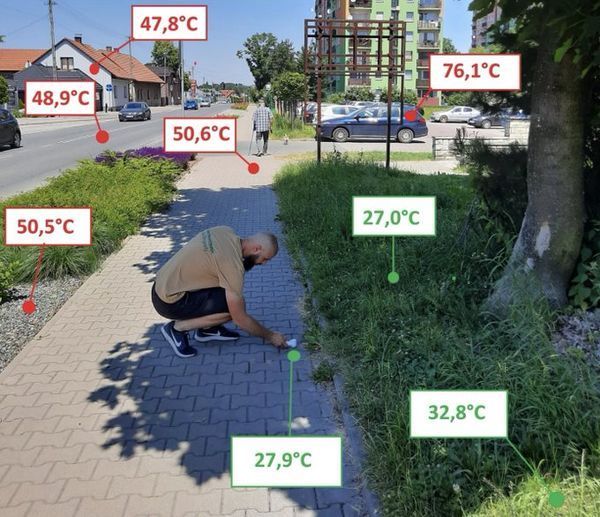Fuck Cars
A place to discuss problems of car centric infrastructure or how it hurts us all. Let's explore the bad world of Cars!
Rules
1. Be Civil
You may not agree on ideas, but please do not be needlessly rude or insulting to other people in this community.
2. No hate speech
Don't discriminate or disparage people on the basis of sex, gender, race, ethnicity, nationality, religion, or sexuality.
3. Don't harass people
Don't follow people you disagree with into multiple threads or into PMs to insult, disparage, or otherwise attack them. And certainly don't doxx any non-public figures.
4. Stay on topic
This community is about cars, their externalities in society, car-dependency, and solutions to these.
5. No reposts
Do not repost content that has already been posted in this community.
Moderator discretion will be used to judge reports with regard to the above rules.
Posting Guidelines
In the absence of a flair system on lemmy yet, let’s try to make it easier to scan through posts by type in here by using tags:
- [meta] for discussions/suggestions about this community itself
- [article] for news articles
- [blog] for any blog-style content
- [video] for video resources
- [academic] for academic studies and sources
- [discussion] for text post questions, rants, and/or discussions
- [meme] for memes
- [image] for any non-meme images
- [misc] for anything that doesn’t fall cleanly into any of the other categories
Recommended communities:
view the rest of the comments

Concrete surface in contact with direct noon sunlight is always gonna be scorching hot, 50°C is not far fetched. On a super hot day you can cook an egg on concrete. These surface also tend to heat up slow but also lose heat slowly, which is why even after a couple of hour after sun down it will still feel warm to the touch, creating what is known as urban heat trap.
Thats how las.vegas stays hot at night.
Dr. Hannah Fry made a short video about this recently -- this kind of heat retention is why London Underground stations are so bloody hot, because the clay tiles lining the underground tunnels have absorbed heat from trains braking day in and day out and are constantly releasing excess heat into the air at the stations